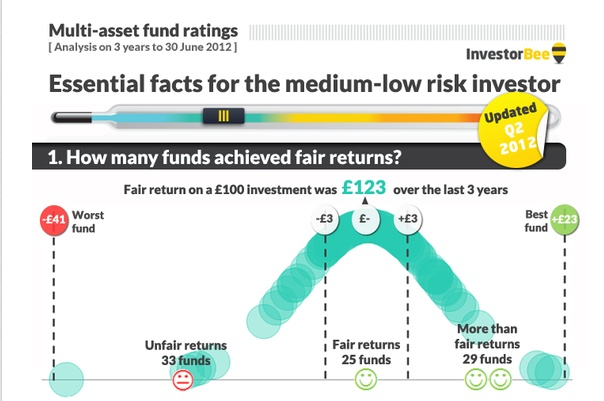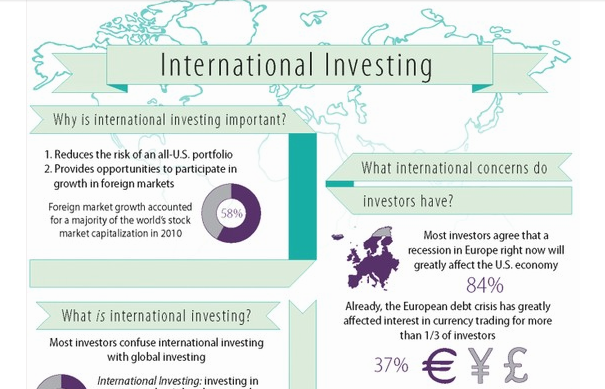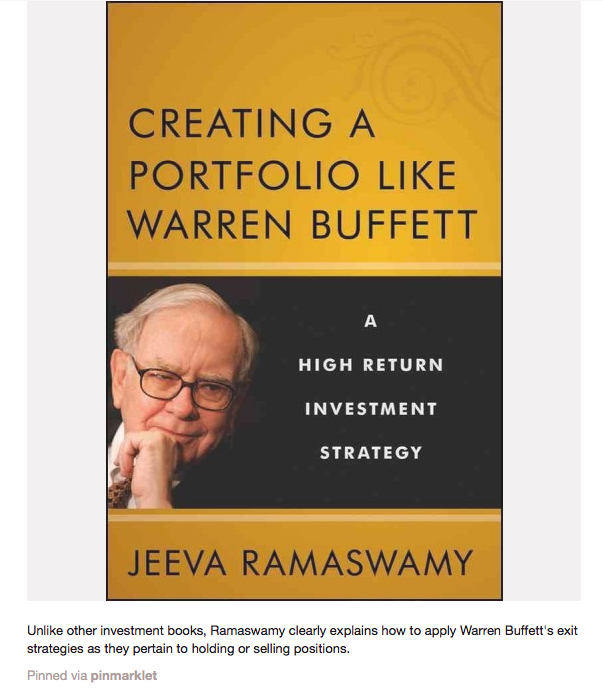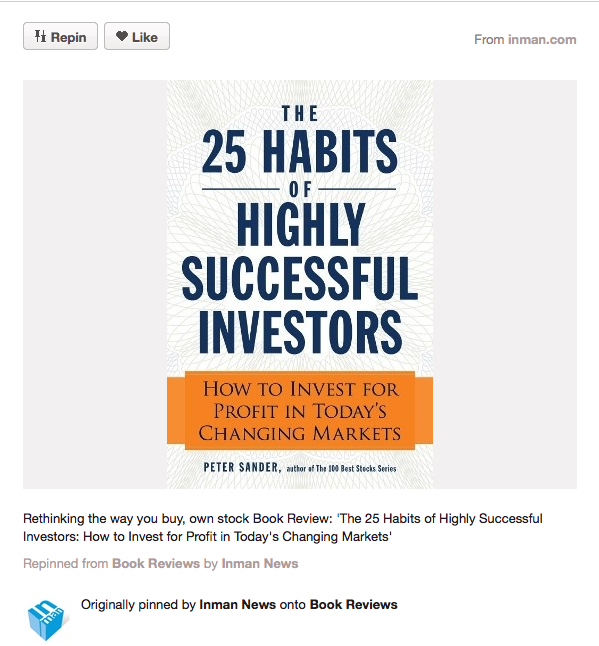Contrarian investing is no easy feat. You have to be willing to disagree with popular opinion and be willing to jump into a company or market that others have either shunned or abandoned outright. Yet value investors as famous as Benjamin Graham and his star student Warren Buffet have both taken contrarian approaches, being ‘greedy when others are fearful, and fearful when others are greedy’.
At the 2013 Vancouver Resource Investment Conference, we had the opportunity to interview two notable Canadian contrarian value investors, founders of ContraTheHeard.com and authors on the subject of contrarian investing, Benj Gallander and Ben Stadelmann. In our interview, they shared with us their perspective on the recent performance of junior mining sector, an area that has fallen out of favour with many investors. They also shared a number of helpful tips for investors stepping into the market for the first time, including how to avoid some investing pitfalls as well as how to navigate investment conferences.
In part one of this interview, we asked Ben and Benj for their views on why junior mining companies haven’t done as well as larger cap companies. Here are their insightful (and sometimes contrarian) answers.
A tale of two markets
As the Dickens reference suggests, stock markets are experiencing the best of times and the worst of times. The fortunes for junior mining stocks have been very different than that of their larger cap counterparts as the chart (see below) showing respective performances suggests.

For the juniors, it’s been a tough year with the TSX Venture (largely composed of junior mining and exploration stocks) struggling to gain any real traction. On the other hand, indices that track larger and more global companies, such as the S&P 500 have done very well, even inching closer towards all-time highs.
When we asked Ben and Benj what their thoughts were on the disparity in performance they offered two interesting points to consider.
First, some degree of disparity in performance between an index of junior mining company stocks and an index of 500 large cap stocks, such as the stocks in the S&P 500, is to be expected. After all, they each represent opposing sides of the market cap spectrum.
In June of 2012, for example, the range in market cap of the 500 companies in the S&P 500 was between .89 billion dollars and 546 billion dollars, with a median market cap of 11.29 billion. Conversely, the combined market cap of all 2256 companies listed in the TSX Venture as of January 2013 totaled 41.7 billion dollars.
Aside from being at opposing ends of the size spectrum, the S&P 500 and TSX Venture also represent opposing sides of the risk spectrum. Large cap companies with stable or established earnings, multinational footprints and well-recognized brands and products are very different from junior exploration companies who often have no revenues and who are drilling holes in deserts and mountainsides across the globe.
According to Ben and Benj, both the macroeconomic forecast and some investor psychology may help to account for differing fortunes of large and junior companies.




















